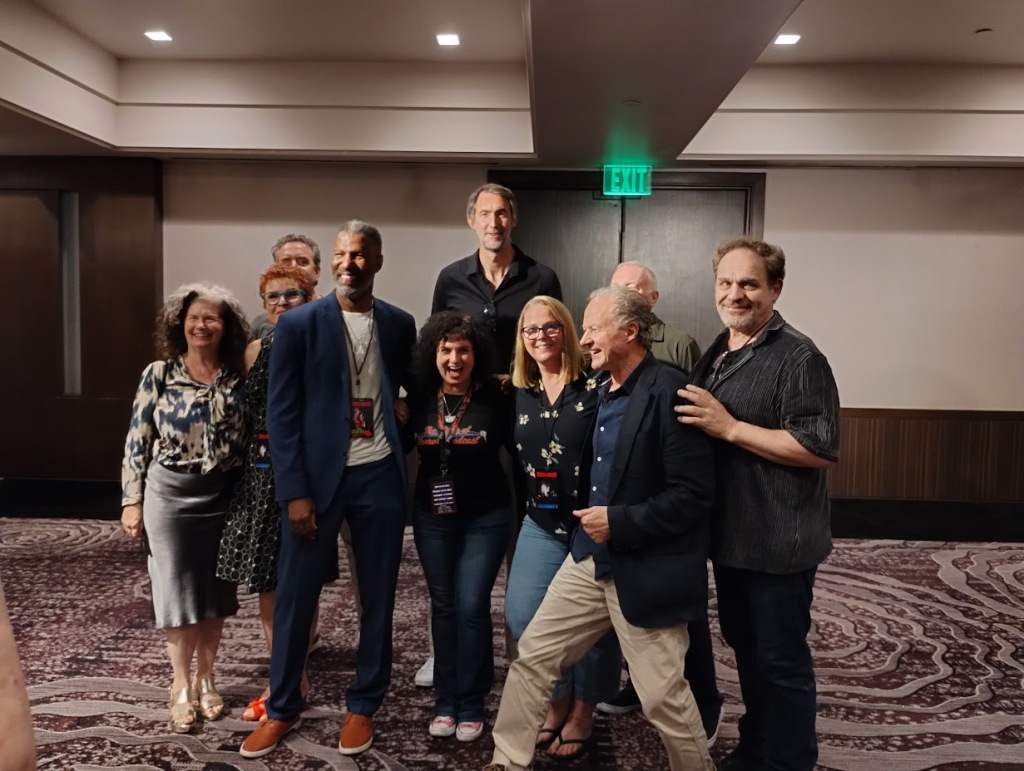‘Aliens’ Cast Talk About Their Challenges at the Days of the Dead Convention

On August 26, 2023, I found the time to attend the Days of The Dead convention which was held at the Hilton Hotel outside of LAX airport. The main highlight of the day for me was sitting in on the panel for “Aliens,” James Cameron’s classic film from the year 1986 which remains as exciting now as it was when first released. This brought many of the talent who worked in front of and behind the camera, and they were very enthusiastic to be here to discuss a motion picture you would think they have been asked every conceivable question about before this point.
One of the questions asked of everyone was about the biggest challenge everyone faced on set. The first to answer was Tom Woodruff Jr. He is best known as a special effects supervisor who studied under the tutelage of Stan Winston, and he later, along with Alec Gillis, founded Amalgamated Dynamics, an American special effects company specializing in animatronics and prosthetic make-up. “Aliens” was one of Tom’s earliest projects, and he was very direct with the audience about what he dealt with in this science fiction classic.
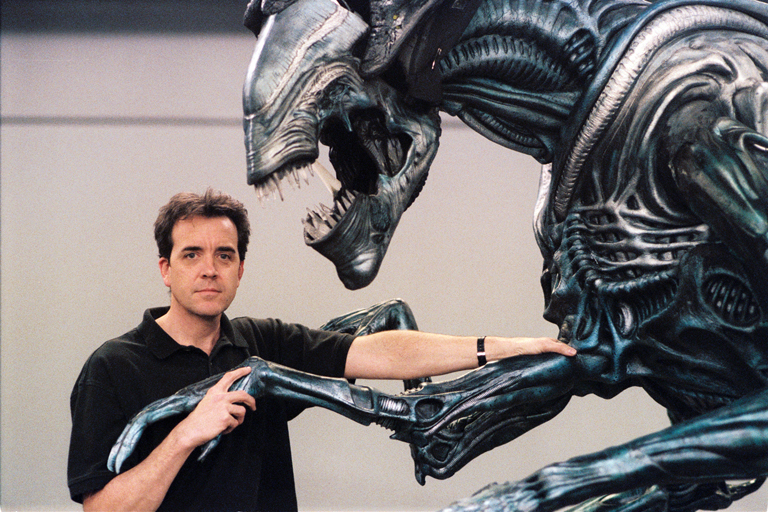
Tom Woodruff Jr.: For me, the biggest challenge was being on set with James Cameron (audience laughs). He was very specific. He’s a rare guy. He knows exactly what he wants, and he knows exactly what parts you don’t understand. The first time we had the aliens on set, it was a scene where there were a lot of fire throwers going on, and the alien was supposed to be hidden up in the wall and crawls out and reveals itself. We did a run through, and Cameron stopped the whole thing and he said, “Why is this alien brown and the rest of him is black?!” The answer I knew in my head was, I didn’t check it out. I remember he just grabbed a can of black spray paint, shook it up and sprayed it on the head. I also realized at that point we wasted a lot of time painting alien heads when we could have just grabbed a can of spray paint.
For Carrie Henn who plays the orphaned Newt, she had no prior acting experience when she was cast in “Aliens.” Her career as an actress did not last long as she later decided to become a schoolteacher after earning a degree in liberal studies and child development from California State University, Stanislaus. Her response to question given proved to be quite surprising.
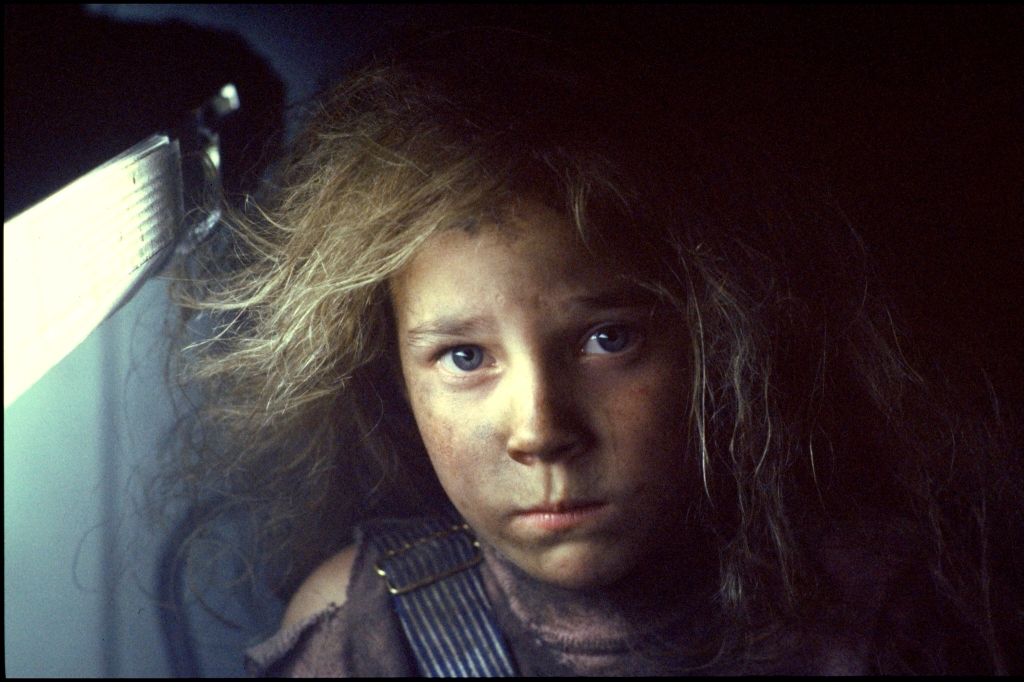
Carrie Henn: One of the challenging things was actually being scared of it (the aliens) because, I mean, look at it. Everyone was in the suits at some point, but then they would turn around or I would see them outside of the suit completely or their head would be off. So, I would try to act like I was scared of it, when in reality I knew it was my friend. I was scared of dogs and still am because I have been bitten by many, so I used to just pretend that it was a dog chasing after me.
Ricco Ross portrays Private Ross in “Aliens,” and his most memorable lines of dialogue include “guess she doesn’t like the cornbread either” and “what are we supposed to use, harsh language?” He ended up turning down the opportunity to act in Stanley Kubrick’s “Full Metal Jacket” in order to appear in this film. Since “Aliens,” he has remained a busy actor in both movies and television and does not look to be lacking in work. This would still be the case were it not for the SAG/AFTRA and WGA strike which still rages on as I write this article.
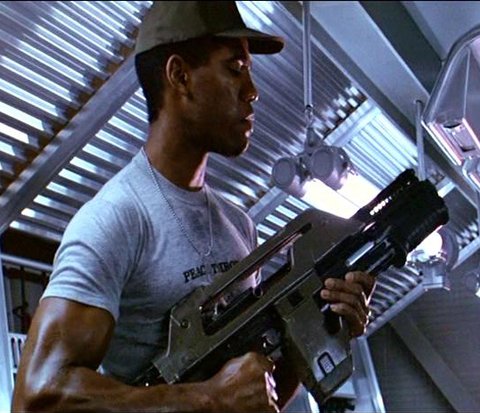
Ricco Ross: The marines would have lunch and hang out in one area and the aliens would hang out in another area, and we didn’t kick it together. But I remember walking by one day and one of the aliens had his head under his arm and smoking a cigarette, and this was before iPhones, and I wish I had a camera because it was an amazing kind of classic photograph.
Cynthia Scott, also known as Cynthia Dale Scott, portrayed Corporal Dietrich in “Aliens,” and her other credits include “Rush” which stars Jason Patric and Jennifer Jason Leigh. She has long since left acting behind her and now dedicates her life to working in the visual arts. Her answer to this question reminded me of perhaps her most famous line in this film which is, “Maybe they don’t show up on infrared at all.”
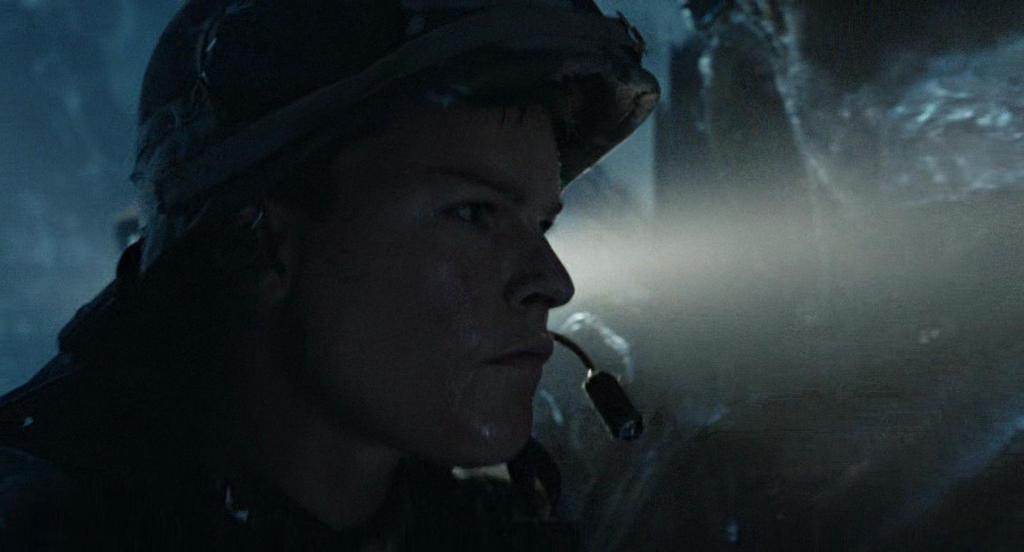
Cynthia Scott: I think I am the only one that was grabbed by the alien, and it was extremely challenging because I did half of my own stunt. If you recall, I was taken straight up in the air, and we were so old school that the stunt was achieved with a gigantic sea saw. It was operated by a bunch of crew members. So, I was standing on the downside, and I say my line and the stuntman in the alien suit landed behind me, grabbed me, and simultaneously the crew members pulled down really fast on the other end and we go shooting up in the air so our whole center of gravity changes. And simultaneously I am lowering my live flamethrower and using it ostensibly on my friend Ricco (audience laughs). The first three or four takes, I fell off. I was so terrified of James Cameron that I thought I would be fired today. I’m telling you; it was really hard.
William Hope portrays Gorman, the inexperienced commanding officer of the Marines who would have been best to listen Ellen Ripley (Sigourney Weaver) if he had been quick to think about it. Like Ricco Ross, he turned down a role in “Full Metal Jacket” to appear in “Aliens.” Since then, he has given memorable performances in such movies as “Hellbound: Hellraiser II,” “Shining Through,” the cinematic version of the television show “The Saint,” “Captain America: The First Avenger,” “Dark Shadows,” and the recent reboot of a sequel to “Texas Chainsaw Massacre.” His words about James Cameron rang very true.
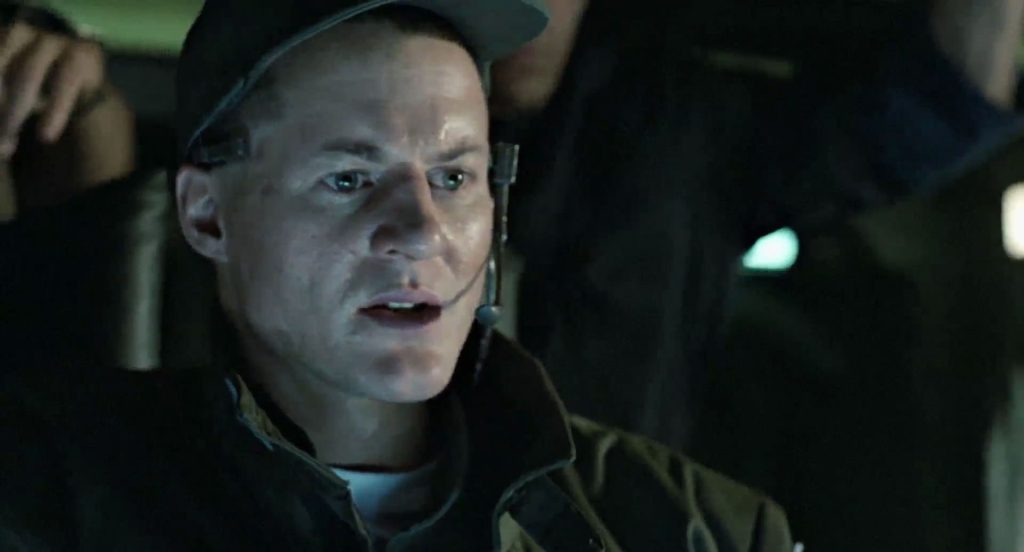
William Hope: Jim in those days was cutting his teeth in more ways than one because he knew everybody’s job better than they did apart from the actors. So, I was just obsessed with don’t screw this up. We knew the script was just something of a masterpiece. We knew it was very, very special. As for you guys (the alien actors), the only direct contact that I had was when the aliens come through the roof. It was just the most exciting scene to play. The big challenge was getting it right and Jim saying, “Good, okay, move on.”
Mark Rolston portrayed Drake, a close friend to fellow badass marine Vasquez who was played by Jenette Goldstein. His other credits include playing Hans in “Lethal Weapon 2,” Stef in “Robocop 2,” and Bogs Diamond in “The Shawshank Redemption.” He also acted in “The Departed” which earned its director, Martin Scorsese, his first ever Academy Award, and co-starred in “Saw V” and Saw VI” as Dan Erickson. On television, he portrayed Gordie Liman on “The Shield.”
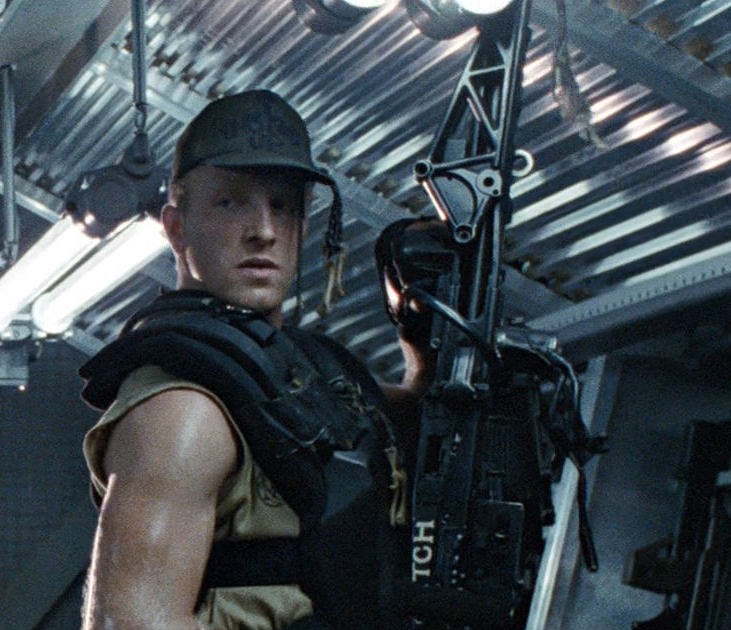
Mark Rolston: The thing I remember was the creature creation. I actually came back to set to watch the entrance of the queen alien. It is seared in my memory because she was like a two-story puppet which was controlled by guys on the crew. The smallest guy on Tom (Woodruff Jr.’s) crew was the guy who gets stationed in the head, and his sole job, aside from being dressed in black and trying to hide, was to push the queen alien goo out the tail. Cameron at one moment said, “There’s too much goo! Too much goo! You are pushing on the wrong tube!” I was giggling my ass over that one, but it was such an impressive shot. You look at the film and you believe this is a living monster, but onstage you see it’s just a puppet. Such masterful filmmaking.
We are getting closer to the 40th anniversary of “Aliens,” and this sequel still holds up all these years later. Some of us got to see when it debuted in theaters back in 1986, and others like myself watched on VHS. But even on the small screen, this still proved to be one of the greatest cinematic roller coaster rides we ever went on, and it is so great to see new generations of movie buffs feel the same from one new year to the next.
